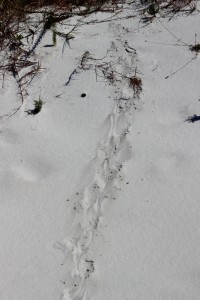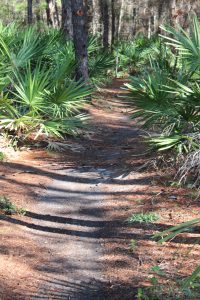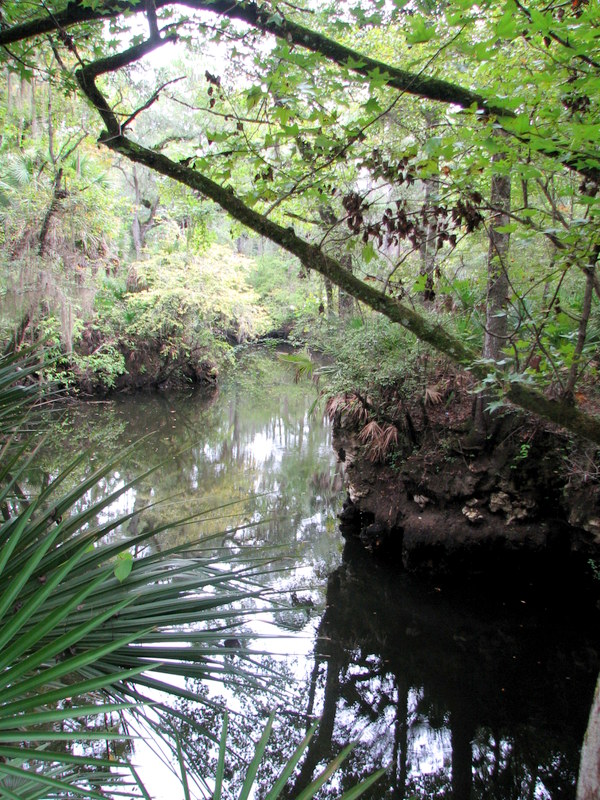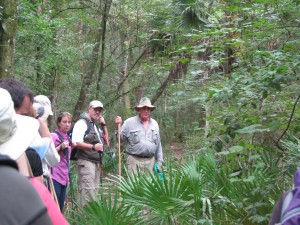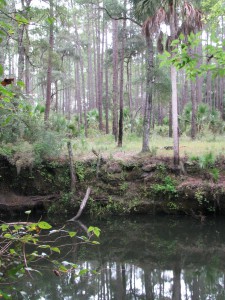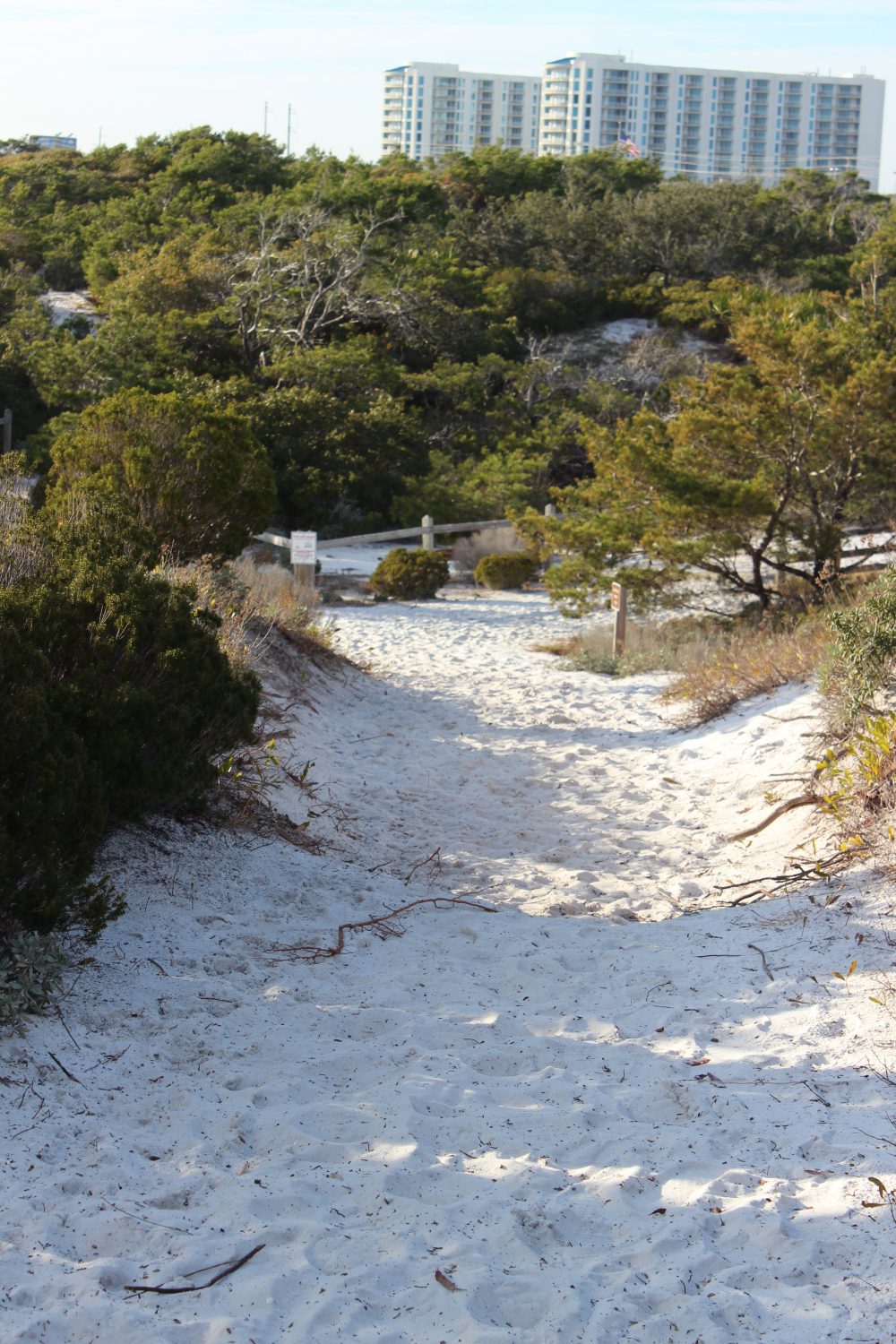
Hiking the Panhandle
It’s winter…
The sky is clear, the humidity is low, the bugs are gone, and the highs are in the 60s – most days. These are perfect days to get outside and enjoy. But the water is cold and you do not want to get wet – most days. And with COVID hanging around we do not want to go where there are crowds. Where can I go to enjoy this great weather, the outdoors, but stay safe?
Hiking…
My wife and I have already made several hikes this winter and have enjoyed each one. Each panhandle county has several hiking trails you could visit. In our county there are city, county, state, and federal trails to choose from. The Florida Trail begins in Escambia County, at Ft. Pickens on Santa Rosa Island, and dissects each county in the panhandle on its way to the Everglades. You could find the section running through yours and hike that for a day. Community parks, our local university, state and national parks, and the water management district, all have trails.
Some are a short loops and easy. Others can be 20 plus miles, but you do not have to hike it all. Go for as long as you like and then return to the car. Some are handicapped access, some have paved sections, or boardwalks. Some go along waterways and the water is so clear in the winter that you can see to the bottom. Many meander through both open areas and areas with a closed tree canopies.
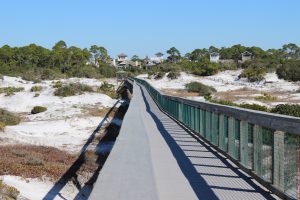
The boardwalk of Deer Lake State Park off of Highway 30-A. you can see the tracks of several types of mammals who pass under at night.
Being winter, the wildlife viewing may be less. The “warm bloods” are moving – birds and mammals. Actually, the birds are everywhere, it is a great time to go birding if you like that. Mammals are still more active at dawn dusk, but their tracks are everywhere. We have seen raccoon, coyote, and deer on many of our hikes. But the insects are down as well. We have not had a yellow fly or mosquito gives us a problem yet. Some fear snakes, we actually like the see them, but we have not. Many will come out of their dens when the days warm and the sun is out to bask for a bit before retreating back into their lair. You might feel more comfortable hiking knowing the chance of an encounter one this time of year is much less.
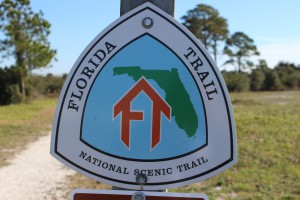
The Florida Trail extends (in sections) over 1,300 miles from Ft. Pickens to the Florida Everglades. It begins at this point.
But the views are great and the photography excellent. Some mornings we have had fog issues, but it quickly lifts, and the bay is often slick as glass with pelicans, loons, and cormorants paddling around. These have made for some great photos.
Things to consider for your hike.
Good shoes. Many of the trails we have hiked have had wet and muddy sections.
Temperature. There can be big swings when going from open sunny areas to under the tree canopies. Wear clothes in layers and have a backpack that can hold what you want to take off. Some like to wear the fleece vests so they do not have to put on/remove as they hike.
Water. I bring at least 32 ounces. It is not hot, but water is still needed.
Snacks. Always a plus. I always miss them when I do not have them.
Camera. Again, the scenery and the birds are really good right now.
The best thing is that you are getting outside, getting exercise, and getting away from the crazy world that is going on right now. Take a “mind break” and take a hike.
Here are some hikes suggested by hiking guides.
Gulf Islands National Seashore / Ft. Pickens – Florida Trail (Ft. Pickens section) – 2 miles – Pensacola Beach
Blackwater State Forest – Jackson Red Ground Trail – 21 miles – near Munson FL
Falling Waters State Park – Falls, Sinkhole, and Wiregrass Trail – ~ 1 mile – near Chipley on I-10
Grayton Beach State Park – Dune Forest Trail – < 1 mile – 30-A in Walton County
T.H. Stone Memorial St. Joseph Peninsula State Park – Beach Walk and Wilderness Preserve Trail – ~ 9 miles – near Port St. Joe FL
Apalachicola Bluffs and Ravine Preserve – Garden of Eden Trail – 4 mile loop – Hwy 12 near Bristol FL
Torreya State Park – Torreya River Bluff Loop Trail – 7 mile loop – Hwy 271 near Bristol
Leon Sinks Geological Area – Sinkhole and Gumswamp Trail – 3 mile loop – US 319 near Tallahassee
Edward Ball Wakulla Springs State Park – Sally Ward Springs and Hammock Trails – 2.5 miles out and back – Hwy 20 near Wakulla FL
St. Marks National Wildlife Refuge – Stoney Bayou Trail – ~ 6 miles – CR 59 near Gulf of Mexico


